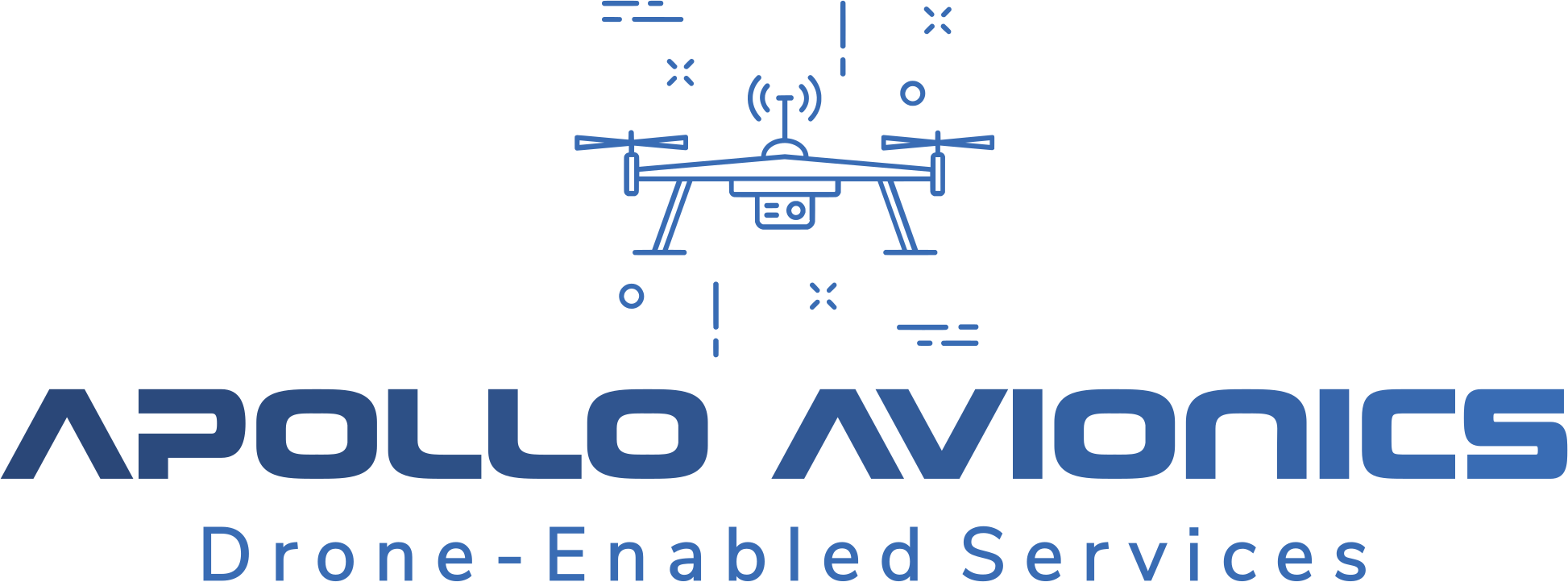4K vs. 1080p: A Comparative Analysis in Drone Imagery
- Bryan Popham
- Nov 6, 2023
- 2 min read
Updated: Feb 12, 2024
The debate between 4K and 1080p has been a hot topic among videographers and photographers for years. With the advent of drone technology, this discussion has taken to the skies, quite literally. As aerial imagery becomes more prevalent, understanding the differences between 4K and 1080p is crucial for professionals and enthusiasts alike. In this analysis, we’ll dissect the capabilities of each resolution, helping you make an informed decision for your aerial projects.

What is 1080p?
1080p, also known as Full HD, has been the industry standard for years. The “p” stands for progressive scan, and the number 1080 represents 1,080 vertical lines of resolution. This resolution has been lauded for its clarity and has served as a reliable format for a wide range of media.
The Advancement to 4K
4K, also known as Ultra HD, quadruples the total number of pixels found in 1080p. With 3840 x 2160 pixels, 4K offers a significantly higher resolution. This leap forward has set a new benchmark for image clarity, one that is particularly noticeable in the expansive canvases of aerial footage.
Detail and Clarity in Aerial Imagery
When it comes to drone imagery, the increased resolution of 4K is a game-changer. The additional pixels allow for a clearer depiction of the environment, capturing details that would be lost in 1080p. This is especially important when documenting large areas, where every pixel counts in portraying the true essence of the landscape.
Post-Production Flexibility
One of the most significant advantages of 4K drone footage is the flexibility it offers in post-production. Cropping, zooming, and even stabilizing footage can be done with minimal quality loss, providing a level of creative control that 1080p simply cannot match.
Storage and Bandwidth Considerations
The higher resolution of 4K comes with increased demands for storage and bandwidth. This is an important consideration for drone operators, as the larger file sizes require more robust storage solutions and can affect the workflow, from shooting to final delivery.
Viewing Experience
While 4K provides a superior viewing experience with its enhanced resolution, it’s important to note that not all displays are capable of showcasing 4K in its full glory. Conversely, 1080p content is more universally accessible and can be viewed on virtually any HD device without the need for upscaling.
Apollo Avionics’ Take on the Resolution Debate
At Apollo Avionics, we understand that the choice between 4K and 1080p is not just about technical specifications; it’s about the vision behind the lens. We equip our drones with the capability to shoot in both 4K and 1080p, ensuring that our clients have the flexibility to choose the resolution that best suits their project’s needs.
Conclusion: Choosing the Right Resolution for Your Project
The decision between 4K and 1080p ultimately boils down to the specific requirements of your aerial imagery project. Whether it’s the unparalleled detail of 4K or the universal compatibility of 1080p, each resolution has its place in the world of drone videography and photography. At Apollo Avionics, we’re committed to providing our clients with the highest quality imagery, no matter the resolution. With our expertise and state-of-the-art drones, the sky’s the limit for what you can achieve.



link link link link link link link link link link link link link link link link link link link link link link link link link link link link link link link link link link link link link link link link link link link link link link link link link link link link link link link link link link link link link link link link link link link link link link link link link link link link link link link link link link link link link link link link link link link link link link link link link link link link link link link link link link link link link link